Big Data and Artificial Intelligence
Complete Guide to Data Science, AI, Big Data and Machine Learning.
Hans Weber
Copyright 2020 by Hans Weber - All rights reserved.
This document is geared towards providing exact and reliable information in regards to the topic and issue covered. The publication is sold with the idea that the publisher is not required to render accounting, officially permitted, or otherwise, qualified services. If advice is necessary, legal or professional, a practiced individual in the profession should be ordered.
- From a Declaration of Principles which was accepted and approved equally by a Committee of the American Bar Association and a Committee of Publishers and Associations.
In no way is it legal to reproduce, duplicate, or transmit any part of this document in either electronic means or in printed format. Recording of this publication is strictly prohibited and any storage of this document is not allowed unless with written permission from the publisher. All rights reserved.
The information provided herein is stated to be truthful and consistent, in that any liability, in terms of inattention or otherwise, by any usage or abuse of any policies, processes, or directions contained within is the solitary and utter responsibility of the recipient reader. Under no circumstances will any legal responsibility or blame be held against the publisher for any reparation, damages, or monetary loss due to the information herein, either directly or indirectly.
Respective authors own all copyrights not held by the publisher.
The information herein is offered for informational purposes solely, and is universal as so. The presentation of the information is without contract or any type of guarantee assurance.
The trademarks that are used are without any consent, and the publication of the trademark is without permission or backing by the trademark owner. All trademarks and brands within this book are for clarifying purposes only and are the owned by the owners themselves, not affiliated with this document.
Table of Contents
Big Data and Artificial Intelligence
BOOK 1 - Artificial Intelligence
And Life: A Complete Guide to the Basic Concepts in AI, Neural Networks, Machine Learning and Data Science.
BOOK 2 - Big Data: A Complete Guide to the Basic Concepts in Data Science, Cyber Security, Analytics and Metrics.
Artificial Intelligence
And Life
A Complete Guide to the Basic Concepts in AI, Neural Networks, Machine Learning and Data Science.
Hans Weber
Introduction
Intelligence is a quality that enables an entity to perform certain functions according to the external environment. Artificial Intelligence (AI) is the pursuit of making machines intelligent. If you can relate to this definition, then several things such as animals, humans and certain machines can be considered as intelligent beings.
On one end of this spectrum are machines and animals with their varying degrees of intelligence and on the other end of this continuum are human beings. They can perform numerous tasks, add reason and logic to them, generate and understand languages and perceive as well as react to sensory stimuli. Additionally, they can also play games, prove theorems, create music and art, write history and synthesize large volumes of information. To do this, humans require a wide array of abilities with no discontinuities, and they are heavily dependent on their external environment. It is for these reasons that AI should also be looked into from a larger perspective. This is applicable to all facets of life such as statistics, linguistics, logic, electrical engineering and computer science.
This book has been structured keeping three kinds of readers in mind. The first type of reader it will appeal to is the one who is interested in scientific topics and is curious about AI. The second type of reader shares some similarities
with the first one, but is involved in the technical or professional field and needs to understand the benefits of AI and get a bigger picture of what it entails. The third type of reader essentially consists of students, teachers and researches who need to know about the methods that proved to be effective and the ones that didnt. Those reading the book must have a general idea about the history of Artificial Intelligence.
For most of us, a machine equates to something that is mechanical and solid. It reminds us of steel parts and gears. The computer has, however, changed our understanding of what a machine is. An operating computer includes both hardware and software components. The software by itself can be considered as a machine. The line that separates software and hardware has become blurred. Every modern computer has certain programs built into the hardware circuits. These programs make it easier for the system to perform a variety of functions. This book focuses on the different ideas and realizations that have helped reach this point of advancement. You will gather information about what artificial intelligence is and what led to the building of computers with artificial intelligence. You will also learn about the basic concepts of artificial intelligence.
I hope the knowledge and abilities gathered in this book provide a wider understanding of the field.
Chapter One: Foundations of AI
The long pursuit of artificial intelligence began with dreams. Numerous people have wanted to develop a machine that has the same abilities as a human being. The idea is to develop a machine that can reason and think like human beings. Such machines have been mentioned throughout history in paintings, scriptures and even literature. An automated chair called a tripod and a golden attendant were mentioned in the Iliad of Homer. The ancient philosopher Aristotle spoke about automation but considered it a fantasy. In the year 1945, Leonardo Da Vinci, whose inventions were always ahead of his time, also designed humanoid robots that could serve as medieval knights. The physical evidence of his invention has not yet been discovered, but it is said that this knight could sit, move its head, move its arms and open its jaw. Isaac Asimov, the famous science fiction writer, wrote stories about robots that were powerful and mighty. His first collection called I, Robot had nine stories about positronic robots. He was not into the idea of robots that only caused destruction, like Frankenstein. These positronic robots had the Three Laws of Robotics hardwired into them. These three laws are as follows:
First Law: A robot will not cause any harm or injure a human being.
Second Law: It is essential that a robot obey every command or order given by a human being. It should, however, never act upon a situation that will clash with the First Law of Robotics.
Third Law: A robot is required to protect itself as long as its actions do not adhere to the first two laws of robotics.
Asimov later wrote a fourth law called the Zeroth Law to protect the interest of humans.
Zeroth Law: A robot may not threaten humanity or cause any harm to humanity.
The pursuit for artificial intelligence, unrealistic or not, stems from dreams like these ones. To turn these musings into reality, several clues that tell us how to proceed are required. These clues that are essential to shape this reality are scattered across different subjects like logic, statistics, philosophy, biology, psychology and engineering.
Philosophy and Logic
Throughout the millennia, people reasoned using logic, but it was Aristotle, the Greek Philosopher, who analyzed and coded the process. He recognized a system of reasoning and called it Syllogism. Here is an example of what Syllogism is about:


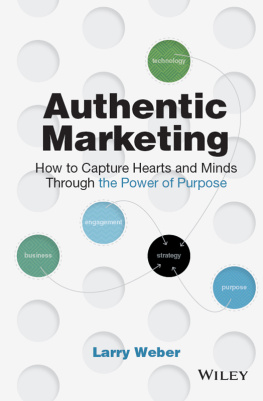





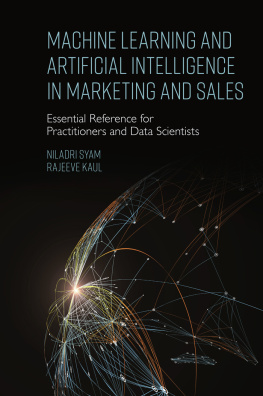
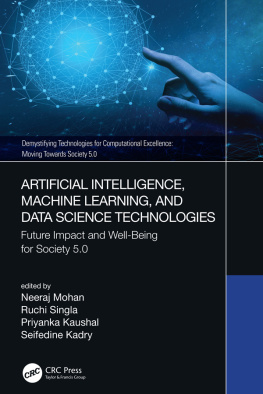
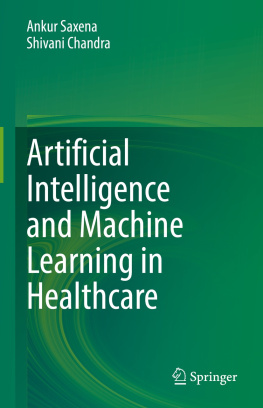
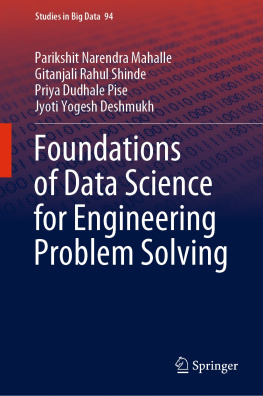
![Jim Sterne [Jim Sterne] - Artificial Intelligence for Marketing](/uploads/posts/book/124040/thumbs/jim-sterne-jim-sterne-artificial-intelligence.jpg)